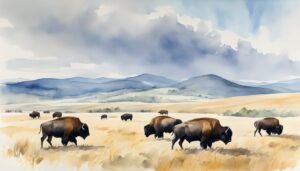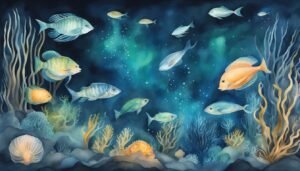Wolverine Wonders: 7 Unexpected Superpowers of Nature’s Fierce Critter

The powerful Gulo gulo is a symbol of North American wilderness, known for adaptability and solitary nature in cold, remote regions.
Animal behavior, conservation, and studies related to different species, including their social habits, intelligence, and interactions with humans and the environment.

The powerful Gulo gulo is a symbol of North American wilderness, known for adaptability and solitary nature in cold, remote regions.

Africa's Big Five refers to five of the continent's most iconic wildlife species: lions, leopards, elephants, rhinoceroses, and African buffalo.

When visiting Yellowstone National Park, it's crucial to be aware of the presence of grizzly bears and the history of bear-human interactions.

The Canada goose (Branta canadensis) is a large wild bird species belonging to the family Anatidae, known for their iconic features, habitat, behavior, migration patterns, challenges, and adaptability, attracting bird watchers and nature enthusiasts alike.

The American bison, or buffalo, symbolizes the wild frontier and has played a significant role in U.S. history and conservation efforts.

Birds of paradise are captivating with vibrant plumage and intricate courtship rituals, exclusive to tropical regions, and classified under Aves and Paradisaeidae.

Amphibians are fascinating vertebrates that live both in water and on land, exhibiting unique life cycles, biological features, and environmental adaptations.

Lion cubs are typically killed by adult males in order to bring the lioness back into estrus and protect their hunting territory.

Examining physical features and recognizing common species can help differentiate horned beetles from other insects.

The deep sea, Earth's final frontier, continues to surprise with novelties, where new species await under tremendous pressures and in pitch darkness.